In the gaming space, there remains one king of traditional handheld gaming – Nintendo.
Starting with the release of the Game Boy in 1989, Nintendo has dominated this part of the market, but recent developments have raised questions about the status quo. Sony, now out of the market since the decline of the PS Vita, has been the object of numerous rumours revolving around a return to the handheld space.
If these are true, they’re not going with a traditional release either, which would be a swing worthy of Nintendo. With all this in mind, we want to turn back the clock to see how we got here, what’s changed recently, and why a return to handhelds could be just what Sony needs.
Roots in Gaming
When the Game Boy first hit shelves, it led to a revelation in both mobile gaming and AA battery sales. The system wasn’t as powerful as the NES, and it only featured a green-and-black monochrome display, but it was still something nobody had seen before. The best Game Boy games like Tetris, Pokémon, and The Legend of Zelda enjoy persisting legacies, and the same can be said for the system.
Eventually, the Game Boy would see updates in the form of a colour screen in 1998, and a full system sequel with the Game Boy Advance in 2001. These were followed by the DS in 2004, 3DS in 2011, and New 3DS in 2015. All of this while Nintendo was still releasing a line of consoles with the SNES (1990), Nintendo 64 (1996), GameCube (2001), Wii (2006), and Wii U (2012).
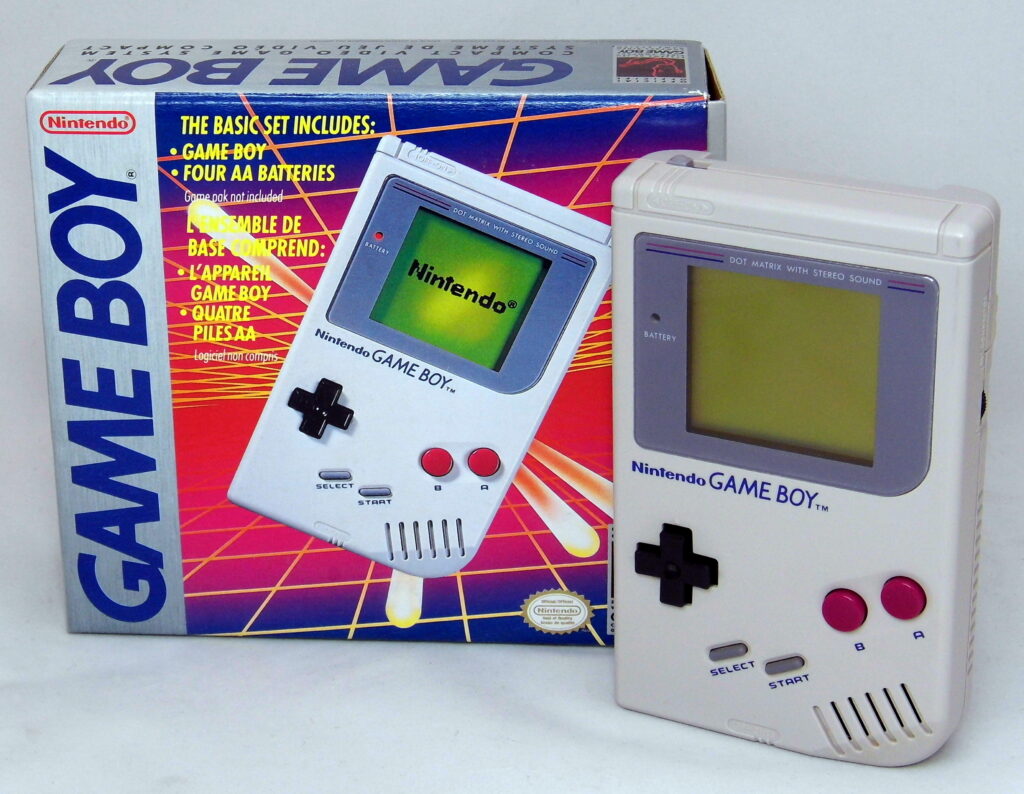
Of these, the DS and Wii lines were exception standouts, becoming the number 2 and 7 best-selling systems ever. With the Switch, released in 2017, acting as a dual handheld/console, Nintendo effectively consolidated both its release lines in one. This gamble paid off, with the Switch currently standing as the third best-selling console ever, with more than 122 million units sold.
Sony, meanwhile, had taken notice of how successful Nintendo has been in the gaming space. With the first console, the original PlayStation, making huge waves when it challenged the more established Nintendo console market in 1994, couldn’t the same be true for handhelds? Releasing the PSP in 2004, Sony had to try.
What followed was an effective effort, with the PSP eventually selling 80 million units and becoming the 11th best-selling gaming system ever. Despite such success, the DS remained an unrelenting foe. When Sony attempted to follow the PSP with the Vita in 2011, Nintendo’s dominance had gone too far, and the Vita only managed 10-15 million sales in its lifespan. This, for over a decade, was the last of Sony’s efforts in the handheld space.
A Change of Tradition
Nintendo’s Switch was a gamble, with its limited power placing it far behind the processing capabilities of Sony’s and Microsoft’s console efforts. Decades of experience had taught the company that processing power didn’t matter compared to graphic style and gameplay, and audiences agreed. The Switch exploded in popularity, and as a handheld, it no longer had console competition. The next to enter the arena was a newcomer, in Valve.
Valve, originally a game development company, is more famous now for running the PC distribution platform Steam. Steam almost had a monopoly in this space, earning Valve enough to try for a range of often-failed hardware experiments. When it announced a move into the handheld arena, many predicted the new Steam Deck could easily join Valve’s hardware graveyard, but like Nintendo with the Switch, this gamble paid off.
The Steam Deck, with newer tech, is much more powerful that the Switch, making it able to run many big-budget games that were revelations at E3 and other major gaming conferences. Though it has more overhead through the Linux-based operating system, it’s also far more open. With some tweaking, the Steam Deck has access to practically the entire history of PC games, and through emulation, most pre-2005 console games too.
Going even further, the flexibility of the Steam Deck also makes it adaptable to other interactive entertainment systems. Online casino gaming has been huge on mobiles for years, for example, but it’s never played well with gaming consoles or handhelds. The best mobile casino sites of today like Party Casino and HeySpin saw significant redesigns to work on smartphones, introducing better scalability and improved support through new HTML 5. Rarely has playing these games been possible on gaming handhelds, where even claiming bonuses like free spins could be impossible on the Switch. For the Steam Deck, there’s no problem going this route, and the same improved accessibility also applies to tools like work apps and media players.
Sony’s New Move
Internally referred to as the Q-Lite, rumours from Sony mean a big player in portable gaming could be coming back. It’s not as simple as a complete console release, as the device is reportedly focused more on working as a cloud gaming device than a direct game player. A cloud gaming device, like Google’s failed Stadia, would stream games onto the system from the internet, essentially eliminating the need for a high-performance handheld. It also, however, introduces major concerns about latency and connection issues.
Latency issues are a big concern here and have been on every cloud gaming system. For the player, latency (also called lag) is the delay between an action and an outcome. Because a command from a system in cloud gaming has to go across the internet and not directly to a console, latency in these systems will always be relatively high compared to natively run games. This created a disconnect between player and game, which can range from mildly frustrating to completely game-ruining. It might not matter in a turn-based game, but in something like Doom Eternal, delays are killers.
A new Sony handheld also comes with the potential for new backward compatibility support. Though the PS3 is too complicated and the PS4 too demanding to be realistic options, chips with the power to play PS1 and PS2 games would not be difficult or expensive for Sony to produce. This approach would let them appeal to nostalgia, lean into the most popular console of all time, further leverage their growing backward compatibility efforts, and perhaps even release new lower-budget games.
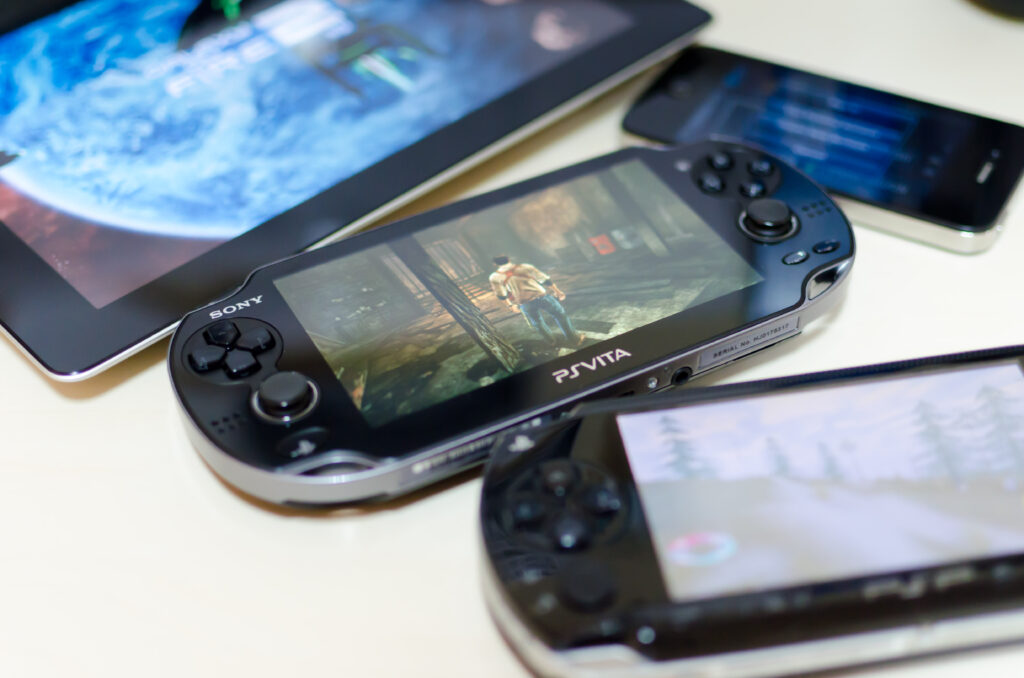
Though Sony is yet to comment on the rumours, major respected websites not given to fancy are convinced of their veracity. Whether this means a new system will be labelled as a direct successor to Sony’s earlier efforts or something else entirely remains to be seen, but what we do know is the market exists. Nintendo’s and Microsoft’s success in handheld gaming shows just how popular this form of entertainment is, so it just depends on Sony’s approach. If nothing else, this is definitely one to watch.


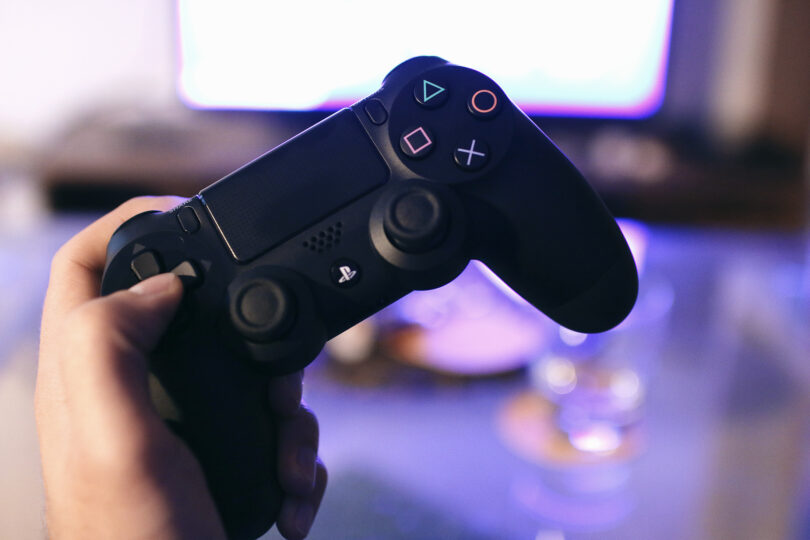
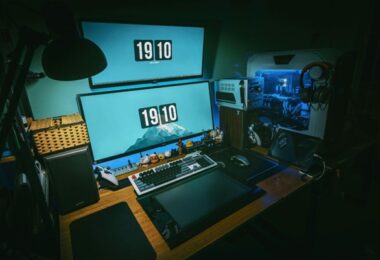


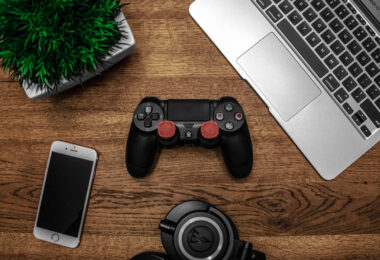


Leave a Comment
You must be logged in to post a comment.